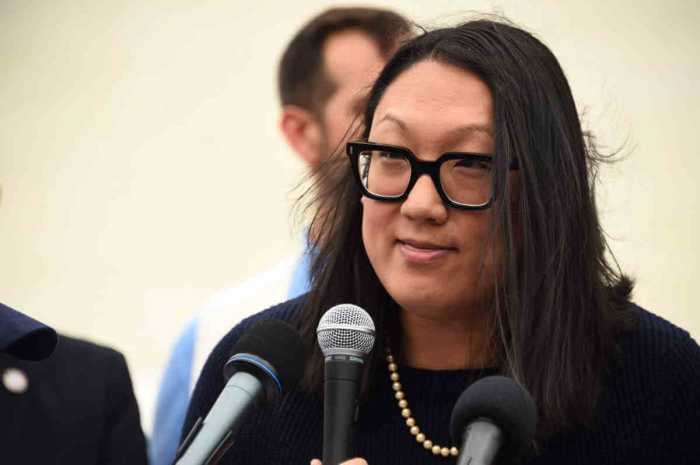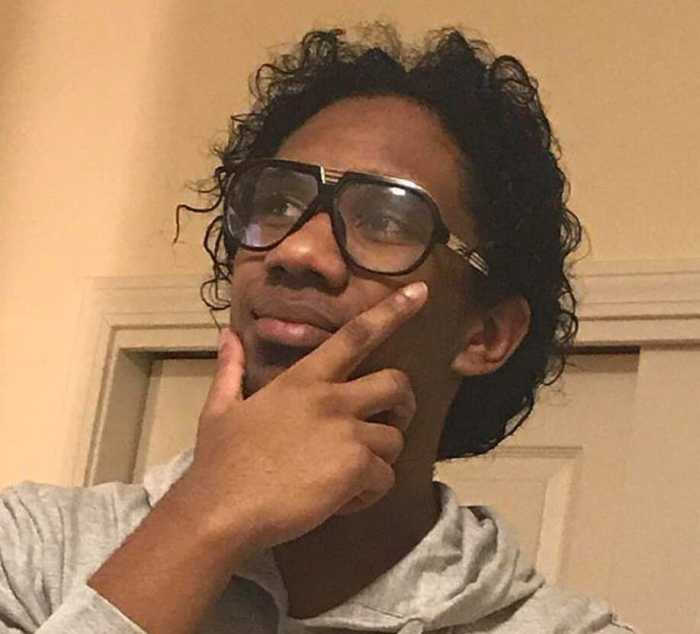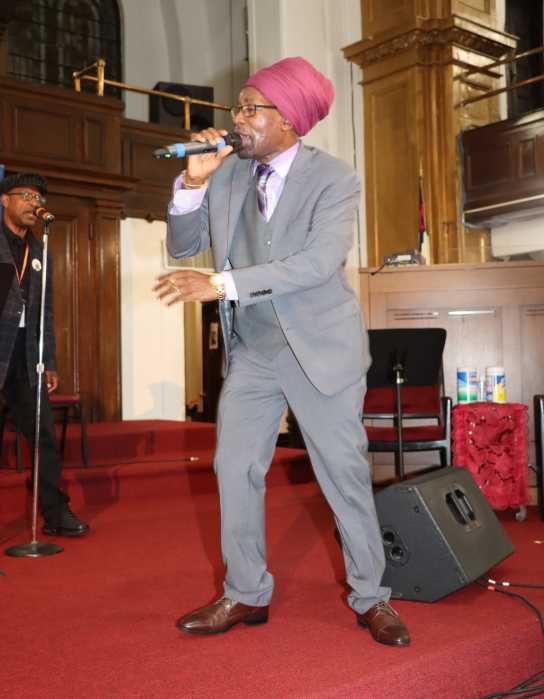A new survey of youth and young adults in Colorado has outlined statistics surrounding vaccination rates and hesitancy by sexual orientation, gender identity, race, and class — and local community-based organizations in New York City say some of the numbers are aligned with what they are seeing on the ground.
The survey, “Colorado Youth & Young Adult COVID-19 Vaccine Survey Results,” featured 420 individuals between the ages of 12 and 24 who responded to 37 questions in English and Spanish about COVID-19 vaccination from August 19 to October 31 of last year.
Eighty-three percent of transgender individuals said they had been vaccinated compared to just 67 percent of cisgender respondents, while 77 percent of all LGBTQ respondents were vaxxed — 12 percent higher than the vaccination rate among non-LGBTQ individuals. Non-LGBTQ respondents between the ages of 18 and 24 had a 78 percent vaccination rate.
Seventy-three percent of BIPOC LGBTQ folks said they were vaccinated, which was slightly lower than the 81 percent of non-LGBTQ BIPOC folks who said they got jabbed. There was a wider vaccination gap reported among white respondents, with 79 percent of LGBTQ white people saying they were vaccinated compared to 42 percent of non-LGBTQ white people. Furthermore, 68 percent of financially disadvantaged BIPOC youth were vaccinated compared to just 57 percent of low-income white youth.
Young adults below the age of 24 saw greater disparities, as 27 percent of low-income white people were vaccinated compared to 80 percent of low-income BIPOC respondents.
While low-income BIPOC respondents under the age of 18 reported higher vaccination rates than low-income white respondents, the survey found that 70 percent of low-income LGBTQ youth between the ages of ages 12-17 were vaccinated — 11 percent lower than their peers with greater financial resources. Meanwhile, 40 percent of low-income LGBTQ folks between the ages of 18 and 24 reported that they had been vaccinated compared to 86 percent of wealthier queer young adults.
Even as some low-income individuals reported lower vaccination rates, those numbers were not necessarily aligned with vaccine acceptance. The low-income respondents reported greater vaccine acceptance than the more resourced participants — 50 percent compared to 30 percent — and much lower vaccine resistance. Just 27 percent of economically disadvantaged individuals said they were reluctant to get the vaccine compared to 59 percent of wealthier folks.
“Understanding their views and attitudes toward COVID-19 vaccination is crucial to managing and ending this pandemic,” Mardi Moore, the executive director of Out Boulder County, an LGBTQ youth advocacy organization, said in a written statement on January 10.
Moore said the survey helps to “elevate voices” of LGBTQ and BIPOC young people who “are too often ignored by the medical establishment and society.”
Michal Duffy, director of education and research at Out Boulder County, agreed.
“Studying vaccination rates as well as views, attitudes, and barriers to vaccination at these intersections of identities revealed valuable data that should inform efforts to promote vaccination,” Duffy noted in a written statement.
“The data clearly reveal that a person’s socio-economic status and identity impacts their views toward vaccination and their successful uptake of the vaccine,” Duffy added.
Out Boulder County partnered with El Centro AMISTAD and Unwoven Ventures to conduct the survey with the organization’s youth and young people.
Dr. Uri Belkind, associate director of medicine, adolescent medicine, and clinical director of Health Outreach to Teens (HOTT) at the Callen-Lorde Community Health Center, said the report helps provide insight for providers.
“This kind of report is critically important in helping healthcare providers — like us — better understand the challenges our clients face, to address health disparities in the adult population that can perhaps be stemmed earlier, as young adults,” he told Gay City News in a written statement.
Why decline the shot?
Parental roadblocks were reported as the top reason why 55 percent of youth who said they wanted to get shots were not yet vaccinated. Nearly as many respondents reported side effects as their next biggest concern about the COVID-19 vaccine.
Belkind, a 45-year-old out gay man, agreed with the survey’s findings, stating that clinicians have observed that “patients’ families’ stance on vaccination has indeed been a factor.”
“This is most relevant in our population of patients who are still minors and are unable to consent on their own for the vaccine,” Belkind stated.
Other patients cited “concerns that are popular in social media” and Belkind said they were also “not very receptive to factual information” about the safety and efficacy of the vaccines.
However, Belkind said the clinic has seen a considerable decrease in hesitancy over time. A vast majority of Callen-Lorde patients have received at least one shot and patients are increasingly “reporting or requesting booster doses,” he explained. State mandates have also made a difference, he said, and exclusion from social events due to vaccine requirements have been a motivating factor to ‘just get it over with.’”
Vaccinating youth
Government influences proved to be important not only with mandates, but also with forming partnerships with community-based organizations. Together, agencies worked to vaccinate communities during the pandemic, as demonstrated in New York City.
Duffy underscored the importance of collaboration between public health agencies and community organizations, especially those serving historically underserved communities during the pandemic.
“Community-based organizations can serve as a trusted voice to reach underserved populations and offer visible representation that can contribute to higher vaccine acceptance and uptake,” he said.
Bridget Hughes, an out lesbian chief program officer at Hetrick-Martin Institute, said city grants and collaboration with local government agencies boosted the organization’s COVID-19 vaccination response for its 1,500 youth. The support allowed the organization to bring a health van to its offices twice last year, allowing clinicians to vaccinate up to 40 and 20 clients per visit, respectfully, and provide critical COVID-19 safety supplies.
“We’re grateful for what we’ve got,” Hughes said about the services and pandemic supplies HMI has received for its staff and clients due to its partnership with the city. “Marginalized communities trust that we’re the ones to deliver.”
Yet, improvements could be made. Duffy advocated for public health agencies to gather more sexual orientation and gender identity data. To increase vaccination rates for unvaccinated disadvantaged LGBTQ and BIPOC youth and young adults and their families, the survey team suggested targeted outreach and educational strategies addressing community concerns and questions.
































